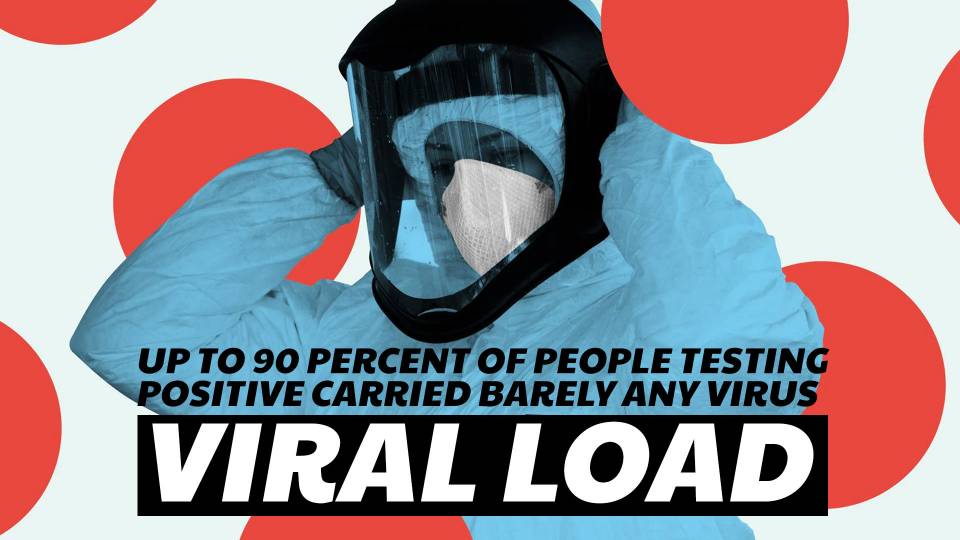NY Times: Up To 90% Of People Who Test Positive For COVID-19 No Longer Contagious, ‘Don’t Need To Isolate’
"We may have been testing the wrong way"
It’s known as the “viral load.”
The most used test to determine if someone has COVID-19, known as a PCR test, is either positive or negative, that’s it. But the test does not identify the viral load — the greater the amount of virus, the more likely it is that the patient is contagious.
“In three sets of testing data that include cycle thresholds, compiled by officials in Massachusetts, New York and Nevada, up to 90 percent of people testing positive carried barely any virus,” The New York Times reported Sunday after conducting a review of data.
On Thursday, the United States recorded 45,604 new coronavirus cases, according to a database maintained by The Times. If the rates of contagiousness in Massachusetts and New York were to apply nationwide, then perhaps only 4,500 of those people may actually need to isolate and submit to contact tracing.
Health experts told the paper the current PCR test is too sensitive and should be improved so that it will determine the viral load — which would then rule out those with insignificant amounts of the virus.
NEW: All these months into the pandemic, we may have been testing the wrong way. Data from some state labs suggest up to 90% (!!) of people who get a positive result are no longer contagious and don’t need to isolate.
— Apoorva Mandavilli (@apoorva_nyc) August 29, 2020
Strap in, this is important. 1/xhttps://t.co/rR4aBDK4Xl
“It turns out that the PCR, that old reliable workhorse, is both too slow and too sensitive for what we need. And it all hinges on a metric called the ‘cycle threshold,'” she wrote in another post.
The current PCR test analyzes genetic matter from the virus using 37 or 40 cycles, but health experts say that is too high because it detects even small amounts of the virus that pose no risk of contagion.
“Tests with thresholds so high may detect not just live virus but also genetic fragments, leftovers from infection that pose no particular risk — akin to finding a hair in a room long after a person has left,” Dr. Michael Mina, an epidemiologist at the Harvard T.H. Chan School of Public Health, told the paper.
“If you adjust that down to a more reasonable CT threshold of 30, anywhere form 40%-90% of state lab results are *no longer positive.* The rest are well past the point of contagiousness,” Mandavilli wrote on Twitter.
“Think about that for a minute. Think of the thousands of people being asked to isolate, refrain from work and submit to contact tracing. But also, think of the needless bottlenecks, and all the people who aren’t getting tested and isolated *when* they need to be,” she wrote on Twitter. “Imagine a neighborhood on fire. Here, the firefighters have defined even dying embers as a ‘fire’ and are so busy putting those out that they are missing entire homes that are burning down and setting others ablaze.”






















